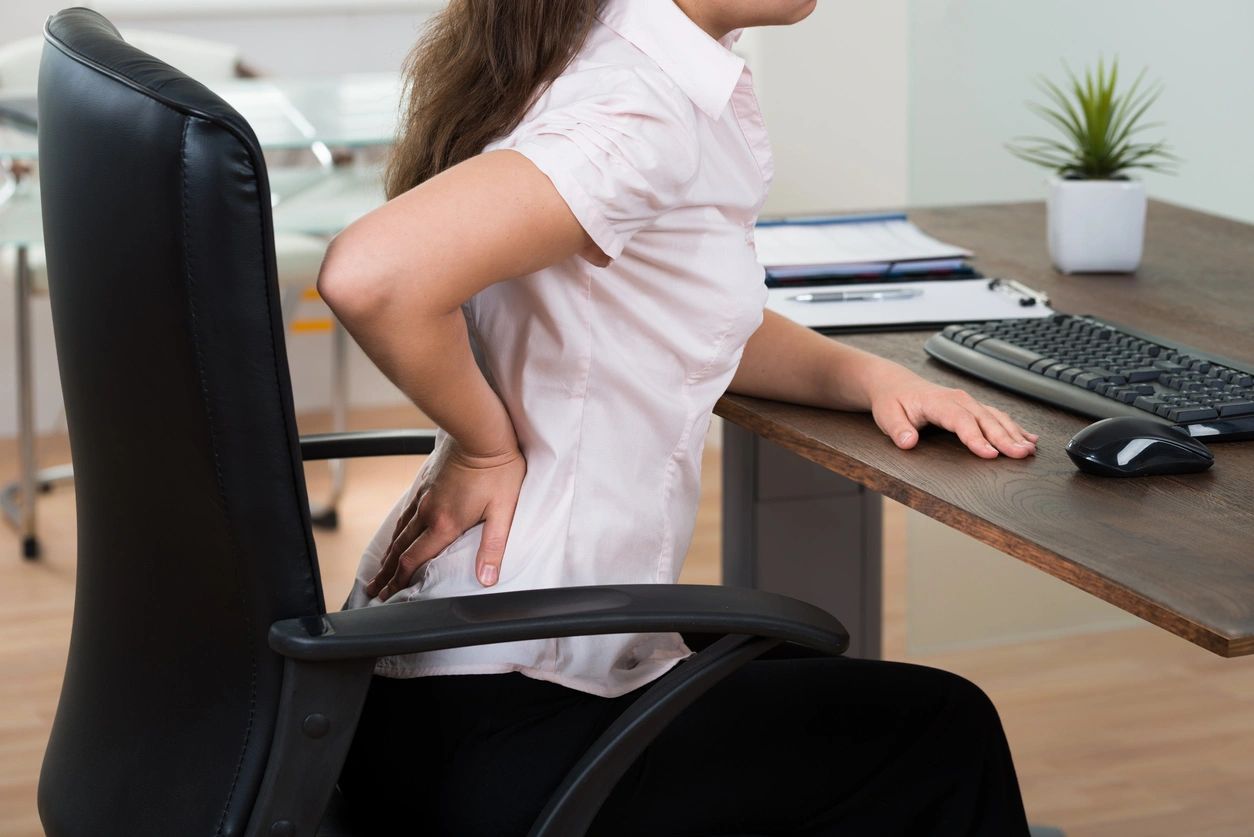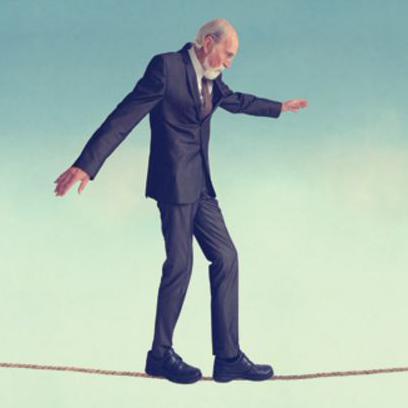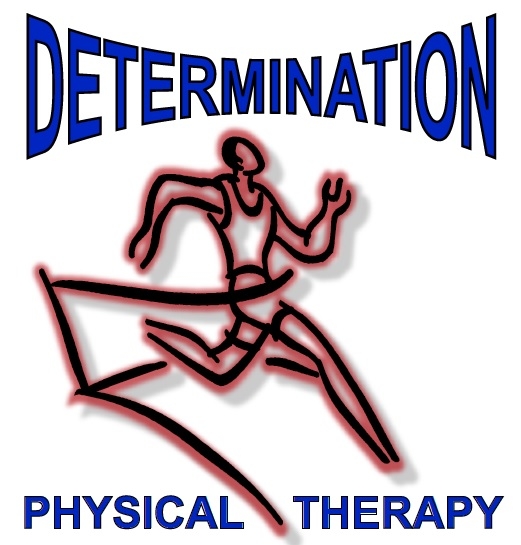Nonsurgical Treatments for Pain Disorders and Injuries
Conditions We Treat
Cupping
Cupping is a type of alternative therapy that originated in East Asia. It involves placing cups on the skin to create suction. The suction may facilitate healing by increasing blood flow and releasing toxins in the injured area.
Ergonomics
Ergonomics is the ability to perform work related tasks correctly and efficiently without pain. Knowledge of the bio mechanical functions of the body and the effect different stresses can have on it can have a major impact on various work related activities, such as prolonged sitting. Sleeping postures is another activity that can significantly impact ones symptoms. Most people who suffer from chronic pain don't get enough sleep which is why we emphasize comfortable sleeping positions to avoid pain.


Gait and Balance Disorders
Your gait and balance are intricate in nature. Each relies on the movement of so many different parts of the body, and each are incredibly dependent on a long list of external factors. There are so many different elements that can impact your gait and your balance, from the type of shoes you are wearing to how many hours of sleep you got last night.
Proper gait and ideal balance really do require a full-body effort, utilizing:
When a problem develops in any one of these areas it can lead to difficulty walking, trouble with balance, unsteadiness on your feet, and even dizziness and lightheadedness, which can further complicate your ability to balance.
Causes of Gait and Balance Disorders
Those who have experienced an injury in the past, as well as those who are of increased age, are most susceptible to gait and balance disorders.
The most common causes of gait and balance disorders include:
How Can Physical Therapy Help
Your physical therapist will identify what is causing trouble with your gait and balance and then can work with you to help you retrain your body to be able to walk and balance like normal again.
This typically requires a combination of efforts, and a comprehensive treatment plan will typically engage strategies like muscle training, flexibility, and range of motion training, and in some cases targeted massage to address tension build-up in muscles.
Electrical Stimulation: we use electrical stimulation as a “supplement” to treatment rather than the “meat and potatoes” of the treatment. We use it either before or after, may be combined with heat or ice or used alone, depending on the purpose. The purpose for Estim is to facilitate blood flow in the injured region and promote healing. The purpose of using it before treatment is to warm up the soft tissues for treatment, warming up the tissues can also be accomplished by performing exercises which will be at the discretion of the therapist. Using the Estim after treatment is usually done with ice to prevent any soreness from manual therapy.
Therapeutic Exercises: these are exercises are given to each individual patient based on their diagnoses. Exercises are very important part of therapy because they reinforce that what was done in the manual session and are usually printed as pictures. We always emphasize compliancy of these exercises at home because the combination of the two will improve patient outcome and ensure a speedy recovery.
